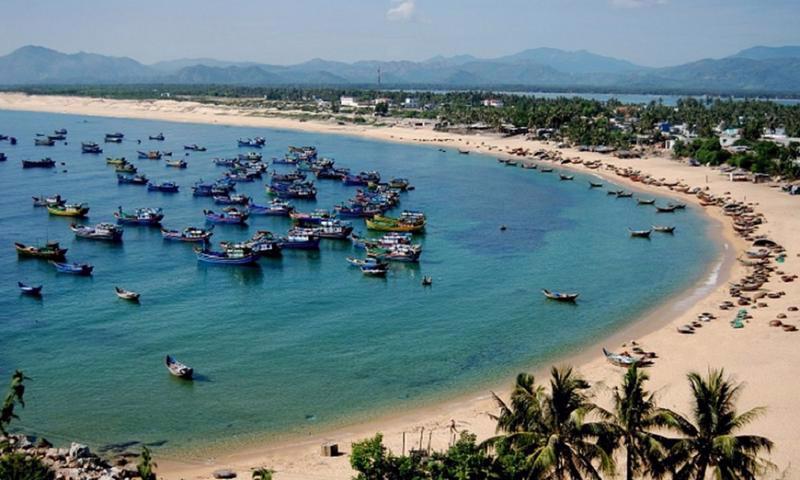With more than 3,260 km of coastline, Vietnam has great natural capital for economic growth and significant potential for inshore and offshore wind energy production.
If developed sustainably, this would support energy security and help Vietnam meet its carbon neutrality targets by 2050.
To fulfill this enormous potential, Vietnam adopted Resolution No. 36/NQ-TW in 2018 on a strategy for sustainable marine economic growth in Vietnam to 2030, with a vision to 2045.
Thus, developing a national marine spatial plan and a master plan for the sustainable exploitation and use of coastal resources is an essential solution, according to the Ministry of Natural Resources and Environment (MoNRE).
“As a coastal country with a long coastline and many islands, facing the challenges of environmental pollution, the decline of marine resources, and the impact of climate change, Vietnam has actively developed and implemented policies and laws over the past few years on the management of seas and islands and enhancing international cooperation,” said Deputy Minister of Natural Resources and Environment Le Minh Ngan.
“The master plan on the sustainable exploitation and use of coastal resources in 2021-2030 and vision to 2045 is multi-sectoral and complex planning, prepared for the first time in Vietnam using the spatial synthesis method,” he told a conference held in central Quang Binh province on January 5-6 by MoNRE in cooperation with the Quang Binh Provincial People’s Committee and with support from the United Nations Development Program (UNDP) and the Norwegian Embassy in Hanoi.
The objective of the master plan is to sustainably develop the coastal zone by enhancing the efficiency of resource management, exploitation, and utilization within an integrated management framework, while proactively adapting to climate change and sea level rises.
It also aims to enhance the lifestyles and living conditions of coastal communities in conjunction with the conservation and development of natural, ecological, and cultural qualities, the maintenance of social order, and the guaranteeing of national defense and security.
In terms of the economy, it aims to maximize benefits and minimize conflicts in exploitation and use of coastal resources; rationally, thriftily, and efficiently allocating natural resources in coastal zones to sectors, fields, and coastal localities in socio-economic development; creating many livelihoods and improving living standards for coastal communities; successfully developing and breaking through coastal economic sectors towards modernity; and applying digital technology and advanced techniques and being environmentally-friendly, contributing to the economic growth of the 28 coastal cities and provinces and meeting the target of net-zero emissions by 2050.
Regarding the environment, it targets effectively managing and protecting the ecosystems in coastal areas and restoring and increasing the scope of protected areas on coastal land and waters so that at least 6 per cent of such areas are coastal and marine protected areas.
“Norway is among the first countries to develop management plans for its coastal and ocean areas,” said Deputy Head of Mission at the Norwegian Embassy in Hanoi, Ms. Mette Moglestue. “Norway’s ocean areas are now considered among the best managed in the world and with a very high level of value creation, with 70 per cent of Norway’s export earnings coming from the ocean.”
“Norway’s experience with an integrated marine management approach shows that it is possible to simultaneously develop a prosperous ocean-based economy and to keep oceans clean and healthy,” she went on. “Good marine spatial planning is key to this.”
“The sustainable management of coastal and marine areas is a crucial tool for Vietnam’s development of a blue sea economy, the promotion of growth in new sectors to enhance incomes, and the creation of new jobs,” said Mr. Patrick Haverman, UNDP Deputy Resident Representative in Vietnam. “In particular, coastal planning and open marine spatial planning have the chance to capitalize on the vast potential of marine wind energy as an essential renewable energy source for achieving Vietnam’s climate objectives.”
“Coastal planning will also help ensure optimal and coordinated development between sectors in the exploitation and use of Vietnam’s coastal resources, the conservation of nature and biodiversity, preservation of cultural and historical values, and improvements to climate resilience,” he added.









 Google translate
Google translate